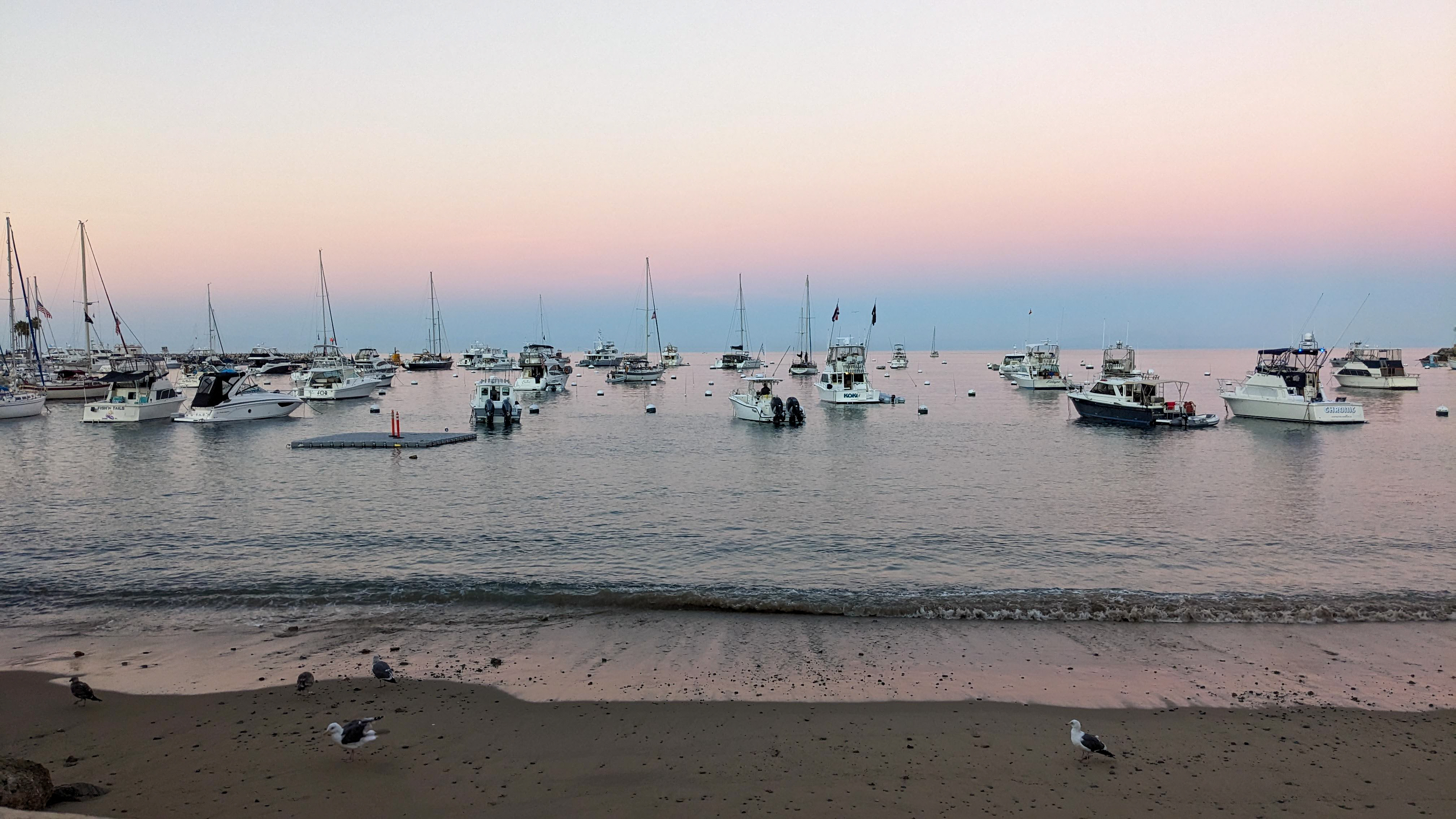For my third session at the Sustainable Classroom as part of my bloggers’ free pass to TerraVITA 2012, I chose to take a class on figs and wine pairings. My reasoning was simple. I adore figs. I adore wine. I often think of figs when drinking an especially rich wine. So it was a match made in heaven for me.
Our guides on this culinary journey were Mary Margaret McCamic, wine instructor at the Chef’s Academy and owner of the Clever Vine; Sherry Stolfo, lead pastry instructor at the Chef’s Academy; and Bernie Hermin, professor of American studies at UNC Chapel Hill.
Once again, we were in the TOPO distillery, which worked quite well as an event space. Bernie started us off by revealing his interest in fig folklore. He began studying figs as part of investigating ways in which low literacy and income areas of the South could generate a better economy, and he learned that unknown Southern dishes are plentiful in such areas, and many use the fig. Focusing in on them could yield a tasty new area of economic stimulus. As part of this research, Bernie now has a grove of different fig cuttings from the region.
Bernie then took us through some history of the fig in the South. The last major agricultural study on them was done in the 1940s, which is impressively long ago for an agricultural product. They have been here since the 16th century, and they have an ancient history prior to that. The fig is resilient, and it is not a fruit but a flower that grows inside out. When the small hole at the base of what we think of as the fruit is open, then the flower is ready to be eaten. There is no bloom because we do not have the particular wasp that fertilizes the plant.
Sherry took over at this point, and she shared that she had not done a lot with figs before coming up with dishes for this session.
She learned, however, that figs satisfy the five criteria of a good dessert all on their own: vibrant color, contrasting texture, temperature in terms of adding a cool element, unique shape, and flavor. She likened the flavor of figs to earth, sun, peach, and strawberries and found it to be a good substitute for raisins and a great combination with spices and citrus. It is also healthy and a source of protein.
Mary went last, guiding us through the wine pairing arrow.
I did not know we should consider more than flavor and body in pairing wines with food. Generally, contrasting textures between the wine and food are recommended, but the style, balance, and weight of the pairings should be similar. Most importantly, you should drink what you like, discarding the arrow entirely if that’s what suits you best.
At last, it was time to sample the three savory courses they prepared for us!
The first, caramelized figs with gorgonzola, basil, and a balsamic glaze, came from one of Bernie’s recipes. Mary paired it with an Alsatian Pinot Grigio and a weighty and viscous red Sicilian wine to provide one wine for complement and one for contrast. The bite was delicious and a simple appetizer variation I’ve enjoyed many times. The chicken liver pate with fig chutney was notable for the chutney’s vibrancy, but I’m not much of a liver or pate fan. The third bite, a dried fig wrapped in bacon, was intense and made a delightful companion to the 2010 Seghesio Zinfandel.
After savory comes the sweet.
The fig and lemon cream cheese tart was delightful with the NV Graham Beck “Bliss” Demi Sec sparkling wine from South Africa. Mary chose it so the bubbles would freshen our palates, and she was right. They helped move the buttery elements of the tart to prominence, leaving the fig in their wake. The dried fig and walnut spice crumb cake was drier than I like, so I found the sweetness of the Cesar Florido Moscatel Pasas sherry from Spain essential to its enjoyment.
Finally, we aided Bernie with his experimentation with fig pickles.
He is passionate about trying to create unique Southern food from native produce—you should have heard the excitement run through the crowd when he mentioned his smoked eels curing in jalapeno-oil in jars. He shared a few varieties of his hot and spicy pickled green figs with us to get our feedback on which ones we liked or didn’t like and why. Some were rubbery and too hard, but the larger ones were well on their way to a good recipe, especially when they took on the pickles’ qualities inside and out.
That example of our interaction with Bernie is perhaps emblematic of the best element of this session: the excitement our instructors had over collaborating together and sharing the results with us. You could tell they had fun working together on the project, and that translated over easily to our enjoyment as the audience. Another successful and educational session at the Sustainable Classroom!











 "Travel Guide"
My travelogues tend to follow my day’s schedule when I’m out exploring. I chronicle my meals and sweet treats along with tourist sites worth checking out, including hiking trails. Sometimes, I may include just one particular trip highlight; other times, I’ll include several so you can make a day trip out of them.
"Travel Guide"
My travelogues tend to follow my day’s schedule when I’m out exploring. I chronicle my meals and sweet treats along with tourist sites worth checking out, including hiking trails. Sometimes, I may include just one particular trip highlight; other times, I’ll include several so you can make a day trip out of them.